
Till only a few years ago, making a successful go at self-publishing (by “successful”, I mean having a growing audience which actively supports your work) was not the norm. For every Jeff Smith, there were a hundred self-publishers who put out anywhere from one to five issues of their self-publishing creation before they either ran out of funding or drive. This isn’t to say they or their book(s) were a failure. Far from it. It just means the odds were stacked against you from the get go if you were a self-publisher.
But times have changed.
No longer is Diamond Comics (the biggest and most influential distributor of printed comics to stores carrying comics) or a few indy-friendly comic shops the ones who decide the fate of your work. The crack in their armour first began with the move of established and would-be self-publishers to web comics. Self-publishers like Phil and Kaja Foglio with Girl Genius and Colleen Doran with A Distant Soil have proven making the move to the web can expand your audience and be more profitable. This is not to say they have forsaken publishing in the traditional sense. The Foglios and Doran still publish collected editions of their web comic which sells very well for them. Other web comics also follow this template with success while others first seek donations from their fans in order to publish collected versions of their web comics.
Which brings us to the advent of digital comics. While the digital comics playing field is still in a state of finding its legs in terms of pricing and the release dates of newly-published comics, the changes brought about by digital comics is only beginning to be felt, I believe.
One of the questions raised with the growing influence of digital comics is how profitable they are for publishers. No publisher has released any data regarding digital sales. But the continuous press releases put out by just about every publisher shows digital comics is a growing part of their business. If that wasn’t enough, a growing number of publishers like DC Comics have decided to release some if not all of their titles in digital format on the same day they are made available at comic shops.
So where does this leave self-publishers? That’s a good question. Digital comics can distributed or made available just like printed comics by either using a distributor or by making their digital comics available as a stand-alone app.
Digital comic distributors Graphicly , Comixology and Drive Thru Comics offers self-publishers the opportunity to have their self-published comics available through them. But again, there is no data telling us nosey people just how much money creators and publishers are making from their digital comics. Drive Thru Comics is the only distributor that specifies what terms they offer creators and publishers (60% to 70% of profits dependant on if you are exclusive to them). However, it appears Graphicly has the largest number of self-publishers and indy publishers which could indicate they either take on just about any comic offered to them or that they are easy to work with or they offer self-publishers and indy publishers the best deal both in terms of distribution and profit. Comixology, on the other hand, appears to only offer a small number of titles from self-publishers. But this could be a result of their future Guided View Authoring Tools program which is suppose to make it easy for creators and publishers to format and submit their comics to Comixology for distribution. This was announced back in November 2010 so whether it actually happens remains in the air.
The other option is to have a stand-alone app created for your digital comic. While this option gives the publisher complete control over what the app does and contains, it also makes it more difficult and costly for the publisher as well. Difficult in that Apple becomes the Diamond Comics of digital comics. What this means is they dictate what is and what isn’t available through their iTunes store. And from I have heard and read, they can be very ruthless in what they don’t allow in. If that wasn’t a big enough hurdle to clear, the costs associated with having a dedicated app created for your creation can be costly even for a simple application. App developers are aplenty on such sites as Odesk (http://www.odesk.com) and Guru (http://www.guru.com). Despite the costs, hiring an app developer may be cheaper (or even a lot cheaper) than printing.
Maybe you see digital comics as I do in that they are the new form of self-publishing for comic creators. It is my belief the number of self-published and independent publisher titles available through Diamond will shrink as the number of self-published and independent publisher digital comics grows. One thing is for sure: digital comics is making it possible for self-publishers and independent publishers to be a viable part of the comics market again. No longer do they have to worry about being picked-up by Diamond and have to worry about a shrinking number of indy-friendly comic shop retailers ordering their comics. Now their success rests fully on their shoulders. And that is how it should be.
Get an Editorial Review | Get Amazon Sales & Reviews | Get Edited | Get Beta Readers | Enter the SPR Book Awards | Other Marketing Services


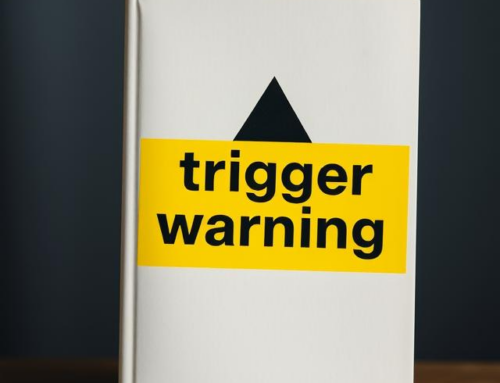

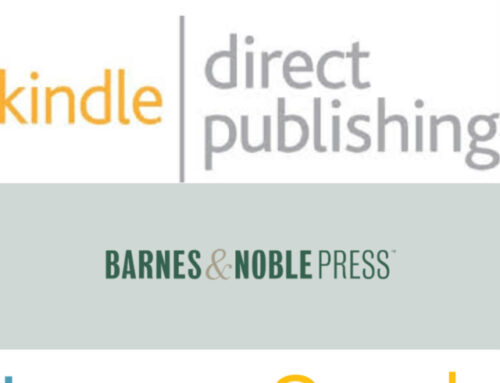
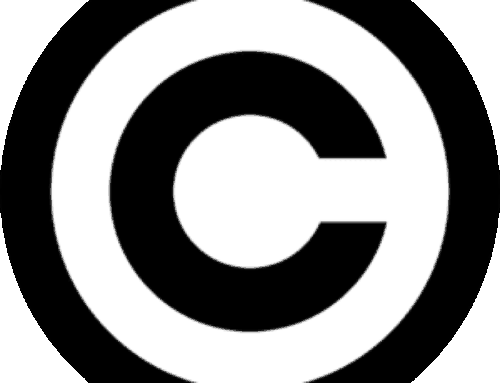









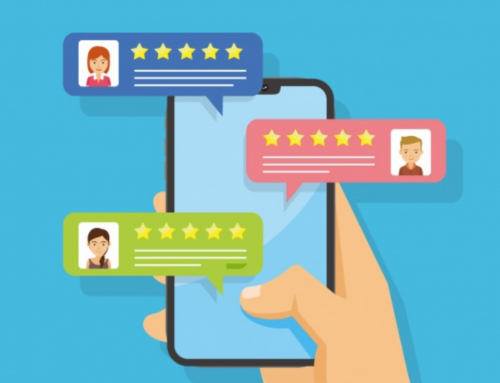
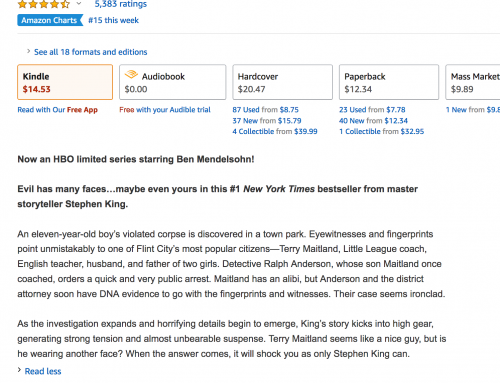


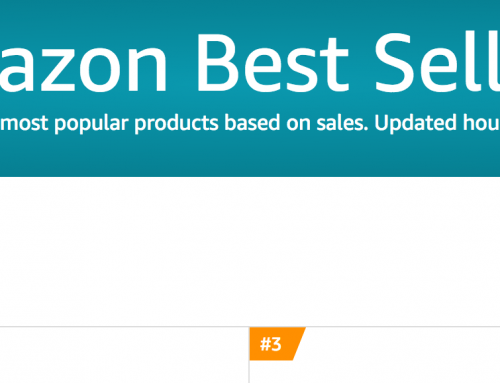


Leave A Comment